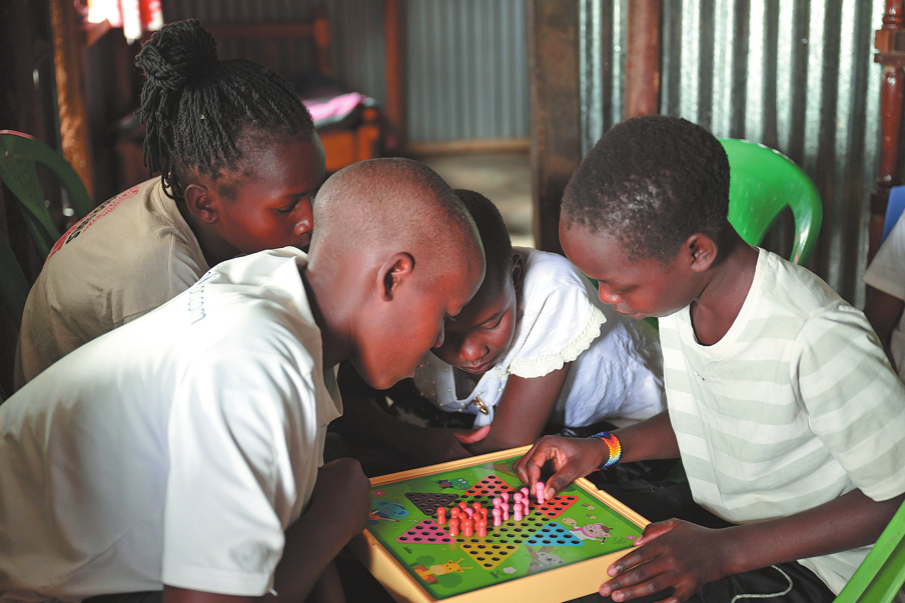Development of rural areas to help modernize country: China Daily editorial
chinadaily.com.cn | Updated: 2019-05-05 21:17

Despite decades of breakneck economic growth, the development gap between China's urban and rural areas remains wide. Home to more than 570 million people, the countryside lags far behind the cities in terms of income, living standards and public services. For example, the average income of rural residents is only a third of their urban counterparts.
To correct this imbalance, the State Council, China's Cabinet, issued a plan for the integrated development of urban and rural areas on Sunday, which puts greater emphasis on narrowing the institutional gap between urban and rural areas, so more rural residents can reap more benefits of reform and opening-up.
The new plan is indeed encouraging, but insight and composure are required to overcome the many remaining challenges in rural areas and to ensure the primary tasks of the plan are completed by 2022.
The plan says the situation in rural areas should be markedly improved by 2035. Which means rural residents' incomes should be raised and more resources allocated to the countryside, and environmental degradation has to be halted. Rural areas have paid the highest price in terms of environmental degradation for the country's industrialization, with many sources of water and nearly a fifth of the country's farmland contaminated to varying degrees by chemicals, pesticides and heavy metals.
The countryside cannot prosper unless farmers adopt advanced agricultural technology. Yet as the profit in the farming sector is relatively low, a great number of farmers have become migrant workers leaving behind only the elderly and children in the villages. And even though tens of thousands of college graduates have been sent to work as village heads over the past 10 years, the "hollowing out" of the countryside has continued.
So to realize the goal of modernizing the agricultural sector and rural areas, and bridge the gap between urban and rural areas by 2050 — when the leadership has vowed to develop China into a modern socialist country that is prosperous, strong, democratic, culturally advanced, harmonious, and beautiful — the authorities have to ensure there are enough talents and laborers in the countryside to make the plan a success.
Public services are another area that needs to be improved. Limited education resources in the countryside lead to a high dropout rate among rural students despite the nine-year compulsory education system. Almost half the students in rural areas drop out of school by grade nine, and two-thirds by grade 12. As for medical resources, there are only 79 hospital beds for every 100,000 rural residents, a third of the ratio in cities.
These are some of the problems the integrated development plan promises to address.
For generations, the word "farmer" in China signified relative poverty. The new plan aims to ensure the word "farmer" represents prosperity in the future.
























